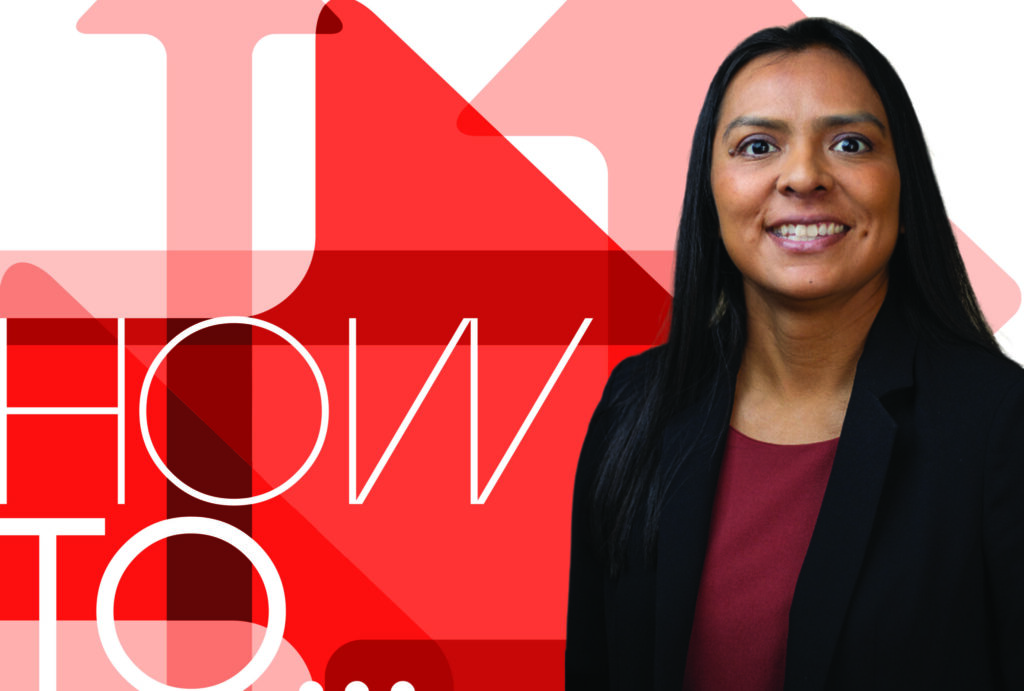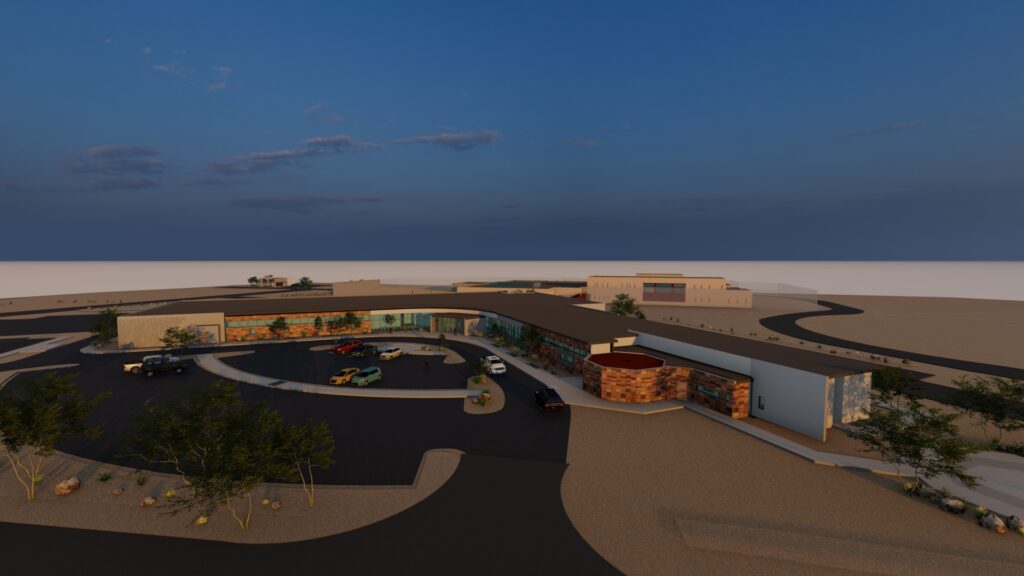
Speaker Spotlight: Tamarah Begay
Today, we are highlighting Tamarah Begay, founder of Indigenous Design Studio + Architecture (IDS+A), a Navajo Woman Owned architectural firm located in Albuquerque, New Mexico. She is also the founding member of the American Indian Council of Architects and Engineers and passionate about diverse representation in the profession. With Tamarah’s leadership, the firm has produced meaningful community driven design through an innovative and collaborate approach.
Read our Q&A with Tamarah below.

Would you give a short summary of what you’ll be speaking about at the AIA TN conference and its importance for architects?
Tamarah: Indigenous Design is not just for Indigenous communities. Indigenous design knowledge can be used and implemented into all project types even if you live in the city.
You are the first female member of the Native American Navajo tribe to become an architect, and you advocate for architectural education particularly for Native American communities. What personally compelled you to pursue architecture and what has been impactful to teach others about the importance of minority representation in the profession?
Tamarah: I have seen many designs in my community and other indigenous communities that just don’t reflect the people, culture, and traditions, too many designs that are implied designs on how indigenous people should live. I would like to educate people about the importance of cultural relevant design, and that architecture is not just about drawing.
Your firm is very collaborative with the community. How has your emphasis on community and understanding its culture contributed to your architectural approach and the final aesthetic?
Tamarah: Our Participatory Planning process is about listening to the voices and stories of the community and sculpting a design based off these stories that becomes the community’s design.

How were you able to translate your very hands-on charrette style co-design strategy to the virtual space during Covid? Are there lessons you learned from that experience that you’ve carried forward into your current practice?
Tamarah: Our participatory planning process during Covid lost its effectiveness within communities. Communities were not engaged and went back to this virtual world of doing to many and too much at the same time. There was no time just to think and think positive, it was all about (Another Virtual Meeting) let’s hurry up and get this meeting done ASAP because I have other things to do today.
Where are most of your projects located? Is this strategic with the type of work or research you are passionate about? Where would you like to design a project that you haven’t already and why?
Tamarah: Most of our project are on tribal trust land (reservations). Yes, this is strategic because most needed work within indigenous communities are on reservation lands and are mostly needed to be changed and educated about architecture. I would like to design a project in the urban city, just because I am Native doesn’t mean I can only work on projects for indigenous communities.
What other interests outside of design do you have that contribute to your work?
Tamarah: I enjoy learning how to cook indigenous foods from the land.
Would you share some advice to younger architects or those new to architecture about the profession and the process of design?
Tamarah: Architecture is also about finding your voice and where you belong. If a company does not fit your design style and beliefs, then go find a firm or start your own firm that you can feel passionate about doing design for rather than just another job. To find your niche, it can take some time, so exploring your design options is key for your professional development.
What is one thing about Chattanooga or East Tennessee that you are interested in or would like to know more about?
Tamarah: Because Columbus did not just discover our land here in the US. I am always interested in finding out about the local indigenous cultures, history, and food in the city.
